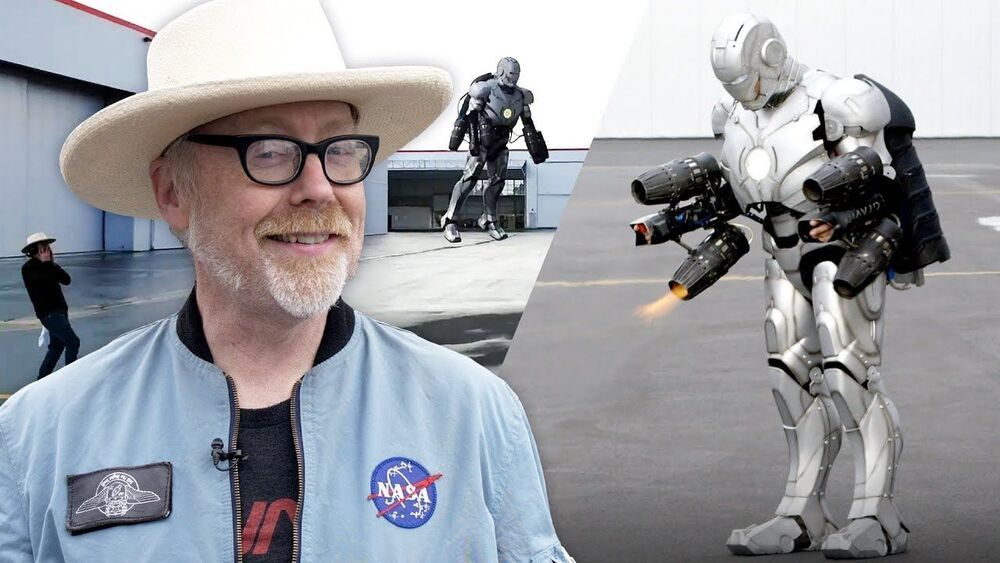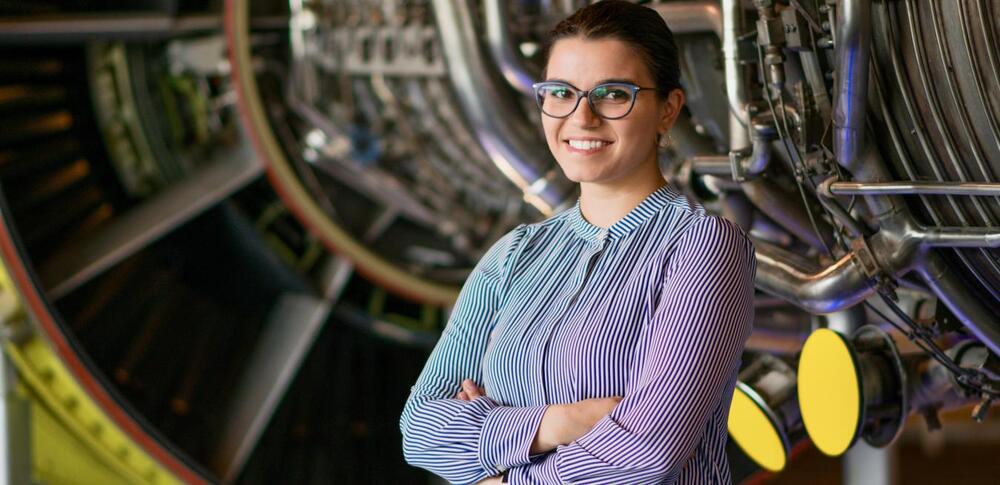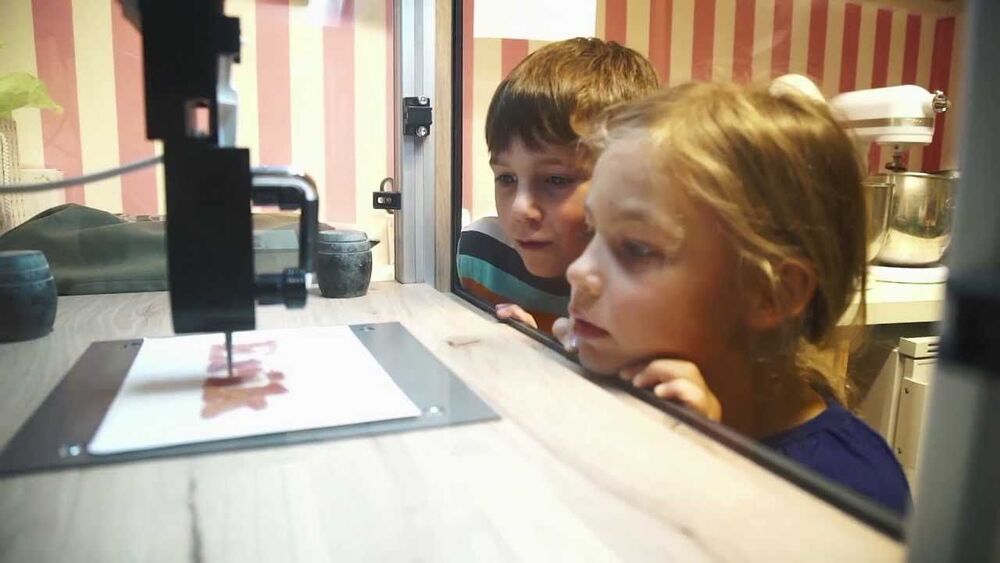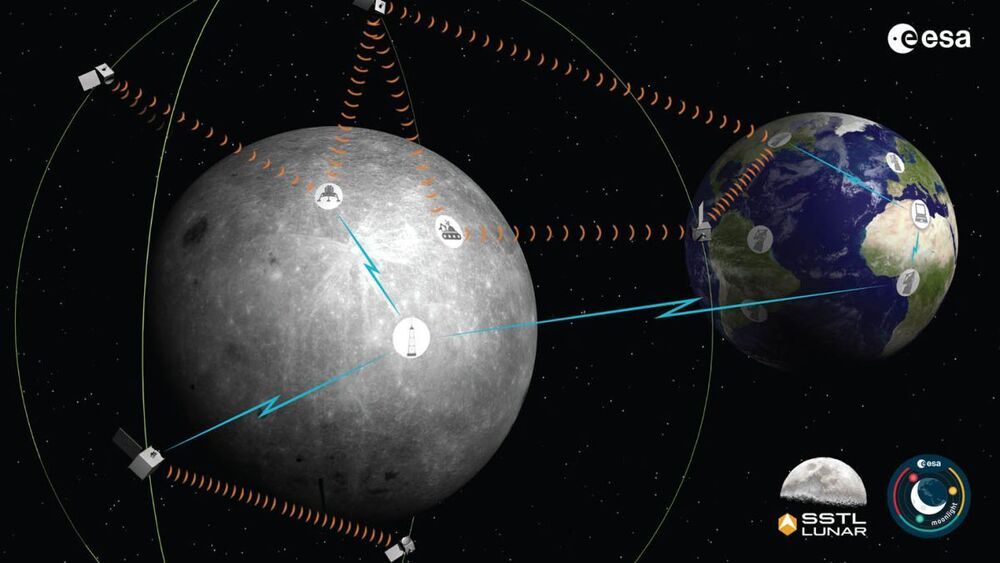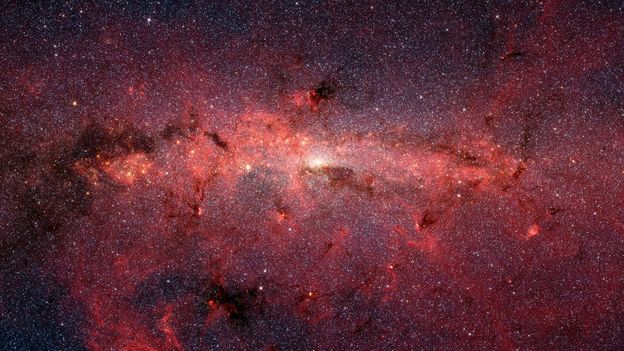3D printing helps sculptor Julian Voss-Andreae create monumental sculptures that are later cast in bronze.
In 2018, Cornell researchers built a high-powered detector that, in combination with an algorithm-driven process called ptychography, set a world record by tripling the resolution of a state-of-the-art electron microscope.
As successful as it was, that approach had a weakness. It only worked with ultrathin samples that were a few atoms thick. Anything thicker would cause the electrons to scatter in ways that could not be disentangled.
Now a team, again led by David Muller, the Samuel B. Eckert Professor of Engineering, has bested its own record by a factor of two with an electron microscope pixel array detector (EMPAD) that incorporates even more sophisticated 3D reconstruction algorithms.
Adam Savage, one of the creators and hosts of the beloved show Mythbusters, collaborated with his friend Richard Browning, founder of Gravity, to demonstrate a flying, bulletproof Iron Man suit that was 3D printed from Titanium. This is a feat that has to be seen to be believed.
The creation of the suit will be featured on a new show that Savage is doing with the Science Channel. It all started when Savage visited the Colorado School of Mines and one of the engineers told him they had Titanium 3D printers, adding “if you want to print something weird, let us know.” To which Savage replied, “Really? How about a full suit of Iron Man armor?”
Circa 2020
Learn how a young team of additive manufacturing engineers helped bring 3D printed parts to the design of the GE9X, the world’s largest jet engine.
Stefka Petkova enjoys building things. It’s a passion she’s had since she was a small child when her dad, an electrician who liked to work on cars, kept the door to his workshop open. “I was exposed to that as a very young child and just got a lot of encouragement,” says Petkova, who she spent many afternoons watching him weld and wire automobiles.
Her childhood tinkering led her to study mechanical engineering at the University of North Florida, near America’s Space Coast, where she joined the school’s space club. She traveled with the club to Cocoa Beach to watch the liftoff of Space Shuttle Atlantis in 2011, NASA’s final flight in its Space Shuttle Program. “At the Atlantis launch, we were able to go in the overhaul facility, touch the space tiles protecting the shuttles and talk to the engineers,” she says. “It was an amazing experience.”
Music stored in DNA
Posted in biotech/medical, media & arts
Circa 2017
What is the best way to preserve music for future generations to enjoy? Store it in DNA, of course.
That is exactly what Twist Biosciences, which pioneers high-quality DNA synthesis, has facilitated in collaboration with the University of Washington and Microsoft. Two iconic performances – from the iconic Montreux Jazz Festival, one Deep Purple’s playing of Smoke on the Water, and Tutu by Miles Davis, have been ‘encoded onto DNA and read back with 100 percent accuracy.
Legendary music composer and producer, Quincy Jones, said it “absolutely makes my soul smile” to know that the “beauty and history of the Montreux Jazz Festival” has been preserved in this way.
As of August 28th, you can now use a 3D printer to produce custom candy gummies in Berlin. The world’s first 3D candy printer, Magic Candy Factory, had been in development for over a year through German company Katjes Fassin’s UK subsidiary, and can print gummies in 3–10 minutes; competing machines take up to an hour.
This is how the future is made.
Sailing through the smooth waters of vacuum, a photon of light moves at around 300 thousand kilometers (186 thousand miles) a second. This sets a firm limit on how quickly a whisper of information can travel anywhere in the Universe.
While this law isn’t likely to ever be broken, there are features of light which don’t play by the same rules. Manipulating them won’t hasten our ability to travel to the stars, but they could help us clear the way to a whole new class of laser technology.
Physicists have been playing hard and fast with the speed limit of light pulses for a while, speeding them up and even slowing them to a virtual stand-still using various materials like cold atomic gases, refractive crystals, and optical fibers.
Europe is developing a lunar navigation and telecommunication constellation, hoping to speed up colonization of Earth’s celestial companion.
Nobody knows exactly how big the Universe actually is.
The cosmos has been expanding since the Big Bang, but how fast? The answer could reveal whether everything we thought we knew about physics is wrong.
There’s some really interesting CRISPR news out today, and it’s likely to be a forerunner of much more news to come. A research team has demonstrated what looks like robust, long-lasting effects in a primate model after one injection of the CRISPR enzymatic machinery. There have been plenty of rodent reports on various forms of CRISPR, and there are some human trials underway, but these is the first primate numbers that I’m aware of.
The gene they chose to inactivate is PCSK9, which has been a hot topic in drug discovery for some years now. It’s a target validated by several converging lines of evidence from the human population (see the “History” section of that first link). People with overactive PCSK9 have high LDL lipoproteins and cholesterol, and people with mutations that make it inactive have extremely low LDL and seem to be protected from a lot of cardiovascular disease. There are several drugs and drug candidates out there targeting the protein, as well there might be.
It’s a good proof-of-concept, then, because we know exactly what the effects of turning down the expression of active PCSK9 should look like. It’s also got the major advantage of being mostly a liver target – as I’ve mentioned several times on the blog already, many therapies aimed at gene editing or RNA manipulation have a pharmacokinetic complication. The formulations used to get such agents intact into the body (and in a form that they can penetrate cells) tend to get combed out pretty thoroughly by the liver – which after all, is (among other things) in the business of policing the bloodstream for weird, unrecognized stuff that is then targeted for demolition by hepatocytes. Your entire bloodstream goes sluicing through the liver constantly; you’re not going to able to dodge it if your therapy is out there in the circulation. It happens to our small-molecule drugs all the time: hepatic “first pass” metabolism is almost always a factor to reckon with.


